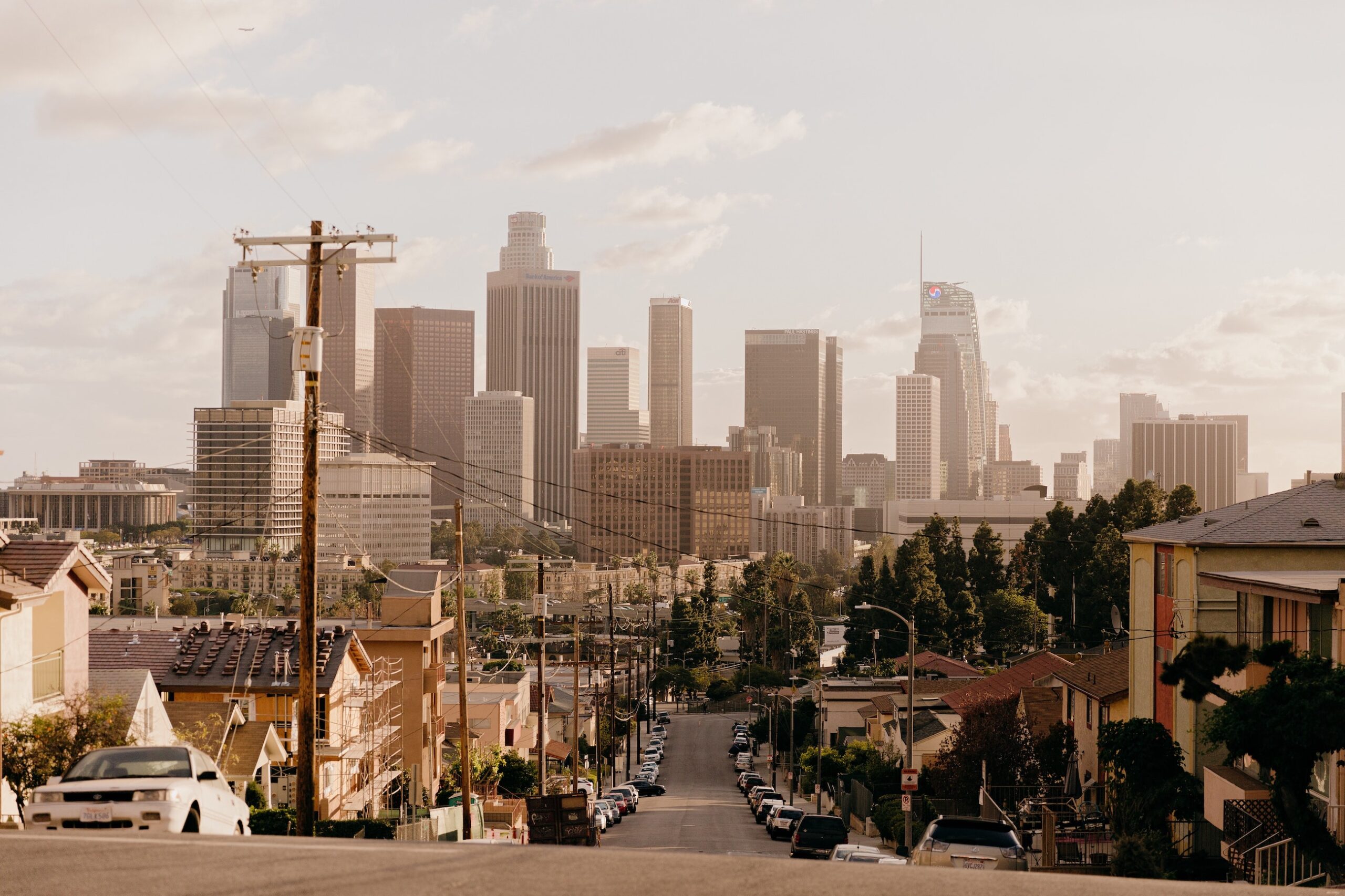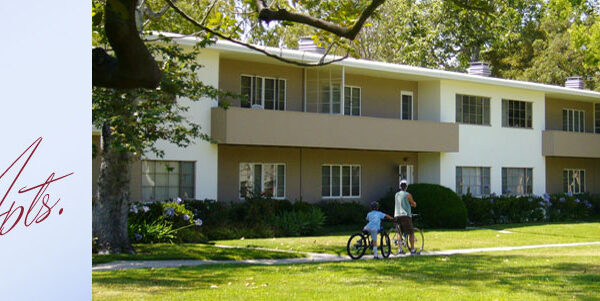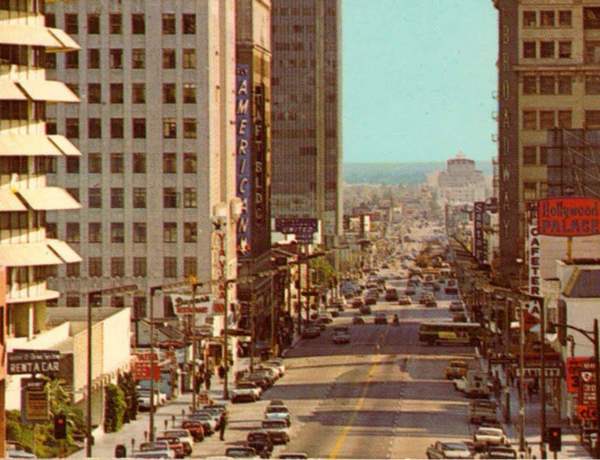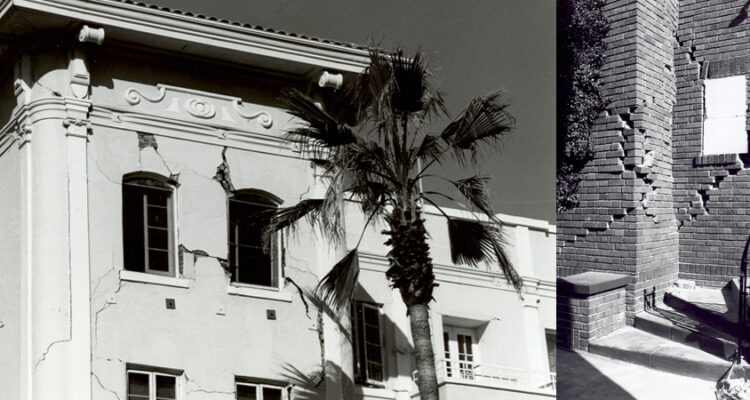
Resolved
Earthquakes and Historic Buildings
Seismically retrofitting historic buildings makes a clear difference in how they fare during quakes.
Resolved
Issues that may have resulted in imperfect outcomes, but still display significant progress
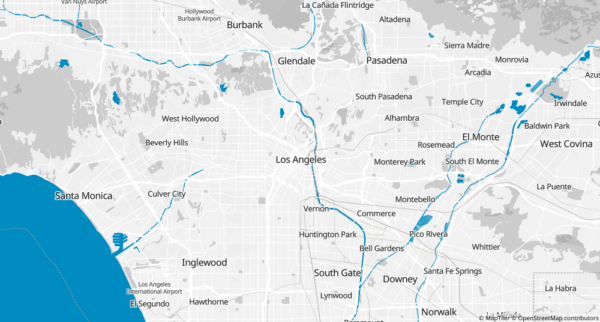
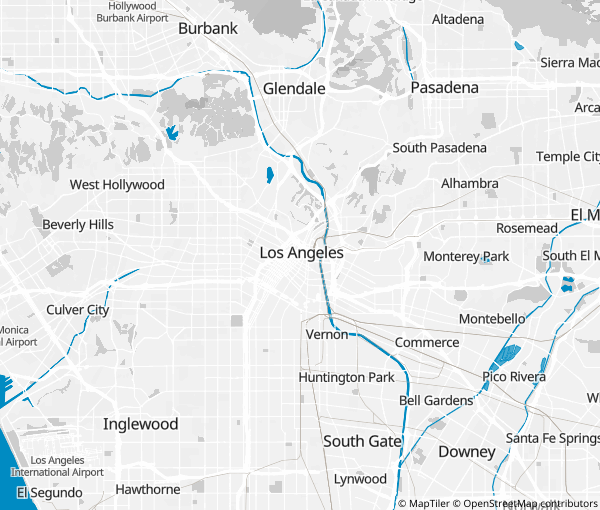
Overview
In the wake of the 2014 earthquake in the Napa area, the Conservancy worked to educate Angelenos about how earthquakes affect historic buildings.
Retrofit ordinances are effective and important.
- Because of retrofits, the vast majority of historic buildings in Napa (based on early estimates, around 85%) came through the quake just fine, with only minor damage.
- Thanks to the City of Los Angeles’ retrofit ordinance, there wasn’t a single death in an unreinforced masonry building in the 1994 Northridge earthquake.
Retrofits are about managing risk, not preventing it entirely.
- Retrofitted historic buildings in the Napa quake performed as expected. Retrofits are designed to prevent the full collapse of a building — not minor damage, which is impossible to prevent.
- We don’t want to live in bunkers. Retrofitting historic buildings gives us a reasonable amount of protection while maintaining the unique, authentic character of our communities.
Holes in buildings and piles of rubble are photogenic, but they don’t tell the whole story.
- You can’t tell what’s going on inside a building merely by how it looks on the outside.
- Though they aren’t as compelling on camera and thus won’t appear in most news stories, many historic buildings will survive a quake unscathed. We encourage the press to include these buildings in their coverage, to ensure balanced reporting and reinforce the value of seismic retrofits.
Please consider the Los Angeles Conservancy a resource for information and assistance regarding historic buildings and earthquakes.
Other resources include the California Preservation Foundation and the National Trust for Historic Preservation.
The National Trust has an online list of resources for preparing for, and responding to, earthquakes as they relate to historic buildings.
